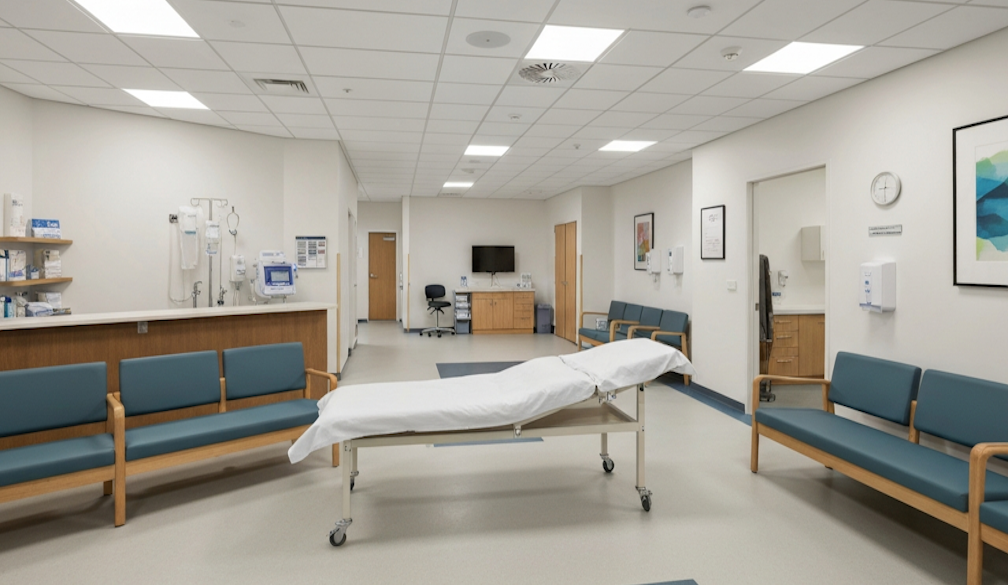Writing needs to be taught and practised. Australian schools are dropping the focus too early
- Written by Claire Wyatt-Smith, Professor of Educational Assessment and Literacy and Institute Director of the Learning Sciences Institute Australia, Australian Catholic University
The recently released report of the NAPLAN review — commissioned by the New South Wales, Queensland, Victorian and Australian Capital Territory education ministers — found many young people are reaching Year 9 without being able to write properly.
The number of students below the national minimum standard is higher in regional and remote areas. The difference in performance between males and females is significant and has been evident each year since 2008.
The review says the NAPLAN data indicate writing has not improved since 2011.
When we talk about writing, we are not talking about the fine motor skills associated with forming letters or handwriting, gripping a pencil or typing. We are talking about writing to communicate meaning and the role of writing in how young people learn in the curriculum.
Being able to write is important for future success. In 2019, the United Nations Educational, Scientific and Cultural Organisation (UNESCO) characterised writing as a:
… foundational skill required for communication, future learning and full participation in economic, political and social life as well as in many aspects of daily life.
But while education systems have prioritised teaching reading, far less attention and expertise has been directed to teaching writing, beyond perhaps spelling.
We surveyed more than 4,000 primary and secondary school teachers in NSW to find out how often they explicitly teach writing, and what strategies they use.
Our data show there is an emphasis on basic writing skills in primary school. But once students enter secondary school, it appears teaching subject knowledge competes with a focus on teaching basic writing skills.
Read more: NAPLAN results show Year 3 students perform better than Year 9 in writing, and it's a worrying trend
The dangerous assumption, it seems, is that students have developed these skills in earlier years. For many students this is simply not the case.
How often do teachers teach writing?
Our survey was commissioned by the NSW Education Standards Authority. It was completed by 4,306 NSW teachers, across all sectors, stages of schooling and curriculum areas.
We asked the teachers how much time they spent on teaching writing in the past fortnight, and how often they used specific strategies. Some of these included:
asking students to set goals for their writing
analysing good models of writing with students
modelling good writing
composing text together with students in their chosen genre
allocating time for students to practise specific writing strategies
explicitly teaching students how to plan, draft, revise and edit their work.
Results show teachers in Years K-2 emphasise explicitly teaching writing. This peaks in Years 3-6, and dips significantly in Years 7-10. Following this decline, there is a noted increase in focus on explicitly teaching writing in Years 11-12.
This could reflect the emphasis on writing in most subjects as teachers prepare students for the NSW Higher School Certificate.
For instance, 58.5% of teachers in Years 3-6 spent between one to five hours in the preceding fortnight teaching writing. But this fell to 48.3% in Year 7-10, and it went up again to 56.5% in Years 11-12.
In Years 3-6 nearly 25% of teachers taught writing for five to ten hours in the preceding fortnight, compared to only 6% of teachers in Years 7-10, and 7% in Years 11-12.
What about the way they taught writing
Our survey showed Years 7-10 teachers were less likely (never, or rarely) to use interactive, instructional practices compared to teachers in other year levels. These include asking students to set goals, and helping them analyse a model of good writing to identify what works and what may not.
In K-Year 2, nearly 50% of teachers said they spent most lessons modelling writing to children. This dropped to 25% in Years 3-6, 12% in Years 7-10 and 16% in Years 11-12.
Around 70% of teachers in K to Year 6 allocated time regularly or in most classes for students to practise writing strategies independently. But this fell to 38% in Years 7-10.
Read more: Too many adjectives, not enough ideas: how NAPLAN forces us to teach bad writing
Allocating time for students to practise writing strategies with the support of the teacher, and then independently, is critical for student success.
Like other complex skills, if you don’t practise, how can you improve?
Research also suggests explicitly teaching writing strategies such as planning, drafting and revising is a particularly effective method for improving writing skills of all students.
 Teachers in the early years of school seem to spend the most time explicitly teaching kids to write.
Shutterstock
Teachers in the early years of school seem to spend the most time explicitly teaching kids to write.
Shutterstock
But while more than 50% of teachers in K to Year 6 explicitly taught students to do this regularly or in most classes, only 35% of teachers did so in Years 7-10. Exactly 50% of teachers did this in Years 11-12 regularly or in most classes.
Explicitly teaching these skills connects thinking and writing and makes such connections visible and meaningful for students.
We also found far less focus on sentence construction in secondary school.
While most K-2 and Years 3-6 teachers indicated they regularly or during most lessons engaged in teaching “sentence structure”, the focus dips in Years 7-10. Only 44% of teachers regularly engaged in the practice.
Secondary teachers need a greater focus on teaching how to structure sentences and paragraphs as part of explicit regular teaching practice.
Writing must be practised, continuously
Teaching writing skills needs to be a baseline requirement for all students. The explicit teaching of these skills must be continuously revisited, building on student knowledge throughout their years of school.
Writing is a difficult skill to master and a difficult skill to teach. At the very least, secondary schools need to allocate more time to teaching this skill and for students to practise writing.
Authors: Claire Wyatt-Smith, Professor of Educational Assessment and Literacy and Institute Director of the Learning Sciences Institute Australia, Australian Catholic University



















